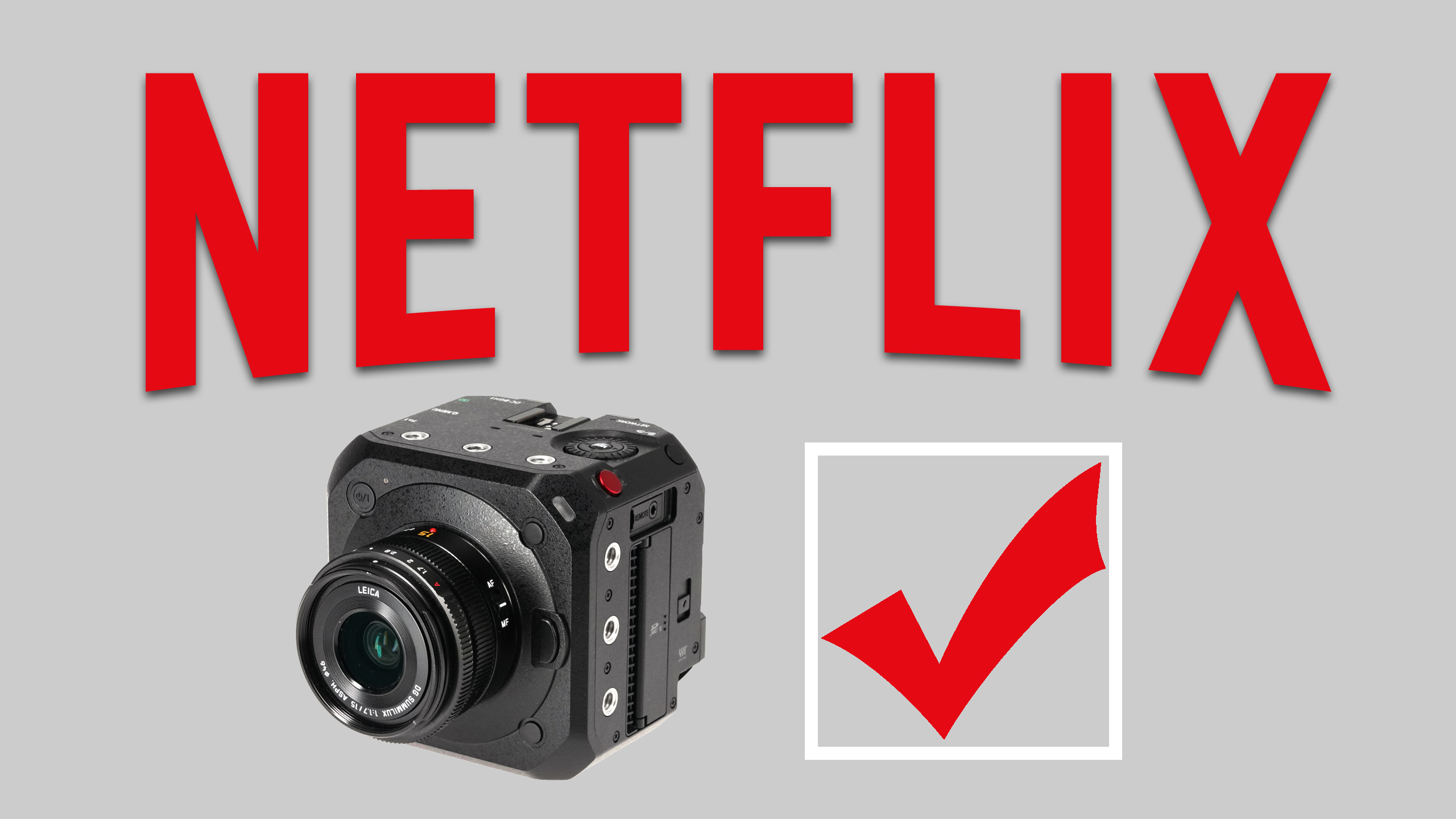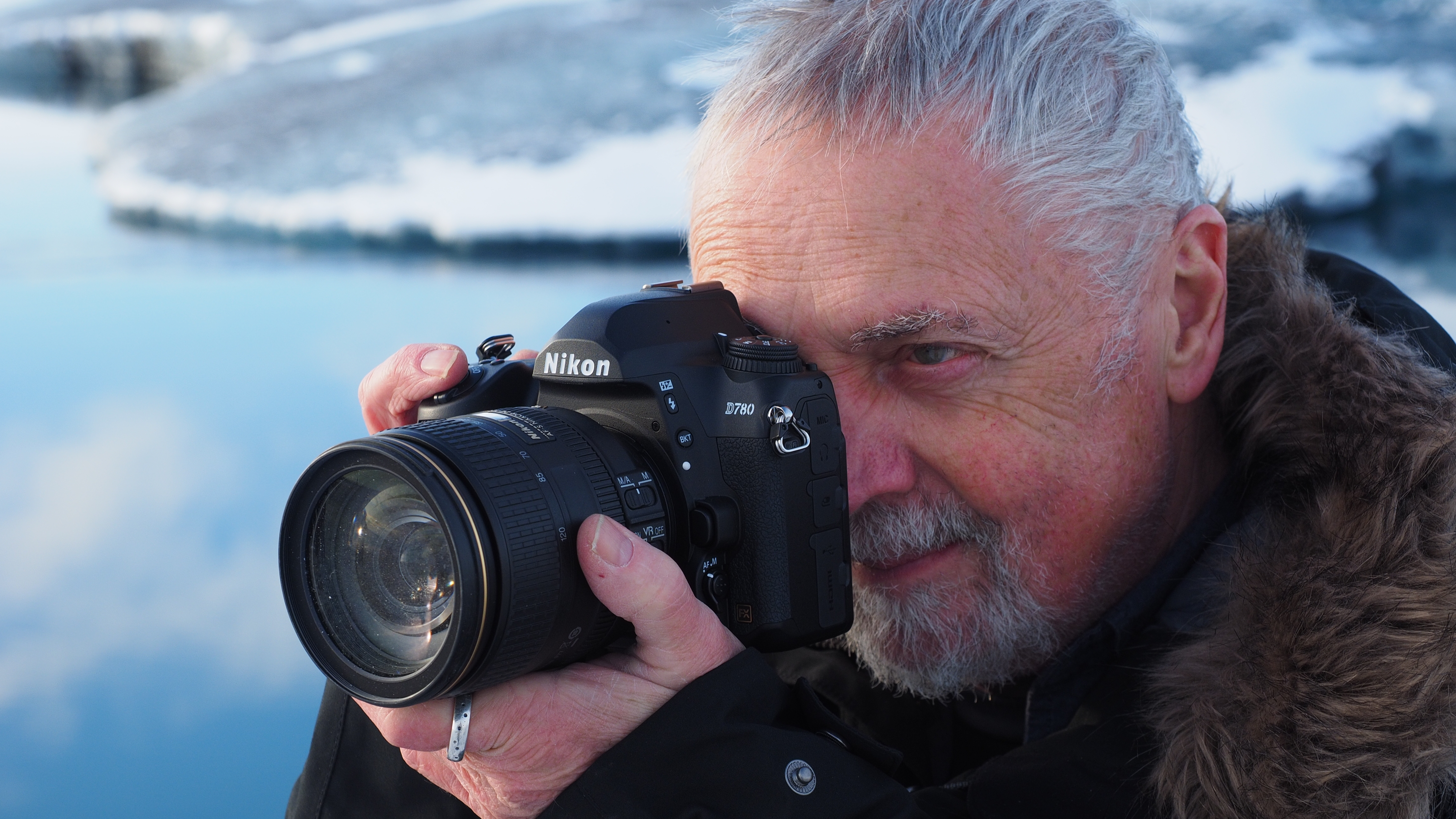Panasonic BGH1 approved for Netflix Originals productions
The Panasonic BGH1 joins the S1H in being certified as an 'A' camera for Netflix Originals productions

The Panasonic BGH1 has been approved by Netflix for use as a primary 'A' camera for filming Netflix Originals productions in 4K on the streaming platform.
It is quite a coup for the manufacturer, as the Panasonic BGH1 joins the Panasonic S1H (which was certified by Netflix last October) as the only two mirrorless cameras, and the only two prosumer cameras, on a list that includes such cinema powerhouses as the Arri Alexa 65, Red One and Sony Venice.
• Read more: Best filmmaking camera
Significantly, it is also the only Micro Four Thirds camera to be approved by Netflix – which certainly provides a shot in the arm to the format, after Olympus selling its imaging division left a big question mark on its future.
Also worth noting is that while the recent Canon EOS C70 has been certified by the production company, Sony's would-be cinema-grade camera the Sony A7S III has yet to receive approval.
Back to the BGH1, though. Like the S1H before it, Netflix' best practices and recommendations include that the camera shoots in 4:2:2 10-bit All-i 400Mb/s codec, capturing in V-Log L, in 4096 x 2160 or 3840 x 2160 .mov format.
Again as with the S1H, the Panasonic BGH1 is certified for anamorphic shooting in Academy Ratio 4:3 (but not for Large Format 3:2, presumably due to the smaller image sensor), which will no doubt further encourage the burgeoning market for anamorphic lenses using the Micro Four Thirds mount.
The best camera deals, reviews, product advice, and unmissable photography news, direct to your inbox!
Unlike the S1H, there is no restriction on the use in-body image stabilization (which received a "Not for panning" designation on the full-frame camera, arguably to counter the 'jelly'-like warping effects sometimes produced by IBIS when panning).
With both of its flagship prosumer video cameras joining such elite company, and Panasonic such a firm member of the Netflix Post Technology Alliance, it certainly feels as though the manufacturer's firmest footing is in the video sector. It will be interesting to see how this informs its future product decisions – especially as more companies pursue 8K imaging – going forward.
Read more:
Panasonic BGH1 review
Panasonic S1H review
Canon EOS C70 review
Sony A7S III review

James has 25 years experience as a journalist, serving as the head of Digital Camera World for 7 of them. He started working in the photography industry in 2014, product testing and shooting ad campaigns for Olympus, as well as clients like Aston Martin Racing, Elinchrom and L'Oréal. An Olympus / OM System, Canon and Hasselblad shooter, he has a wealth of knowledge on cameras of all makes – and he loves instant cameras, too.
